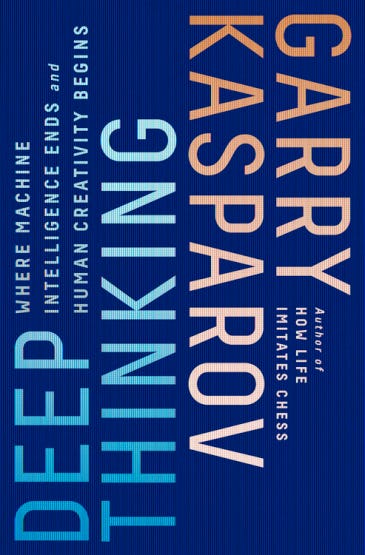There is reporting suggesting that the Trump FCC may move to eliminate the FCC’s complex Title II regulations for the Internet and restore the FTC’s ability to police anticompetitve and deceptive practices online. This is obviously welcome news. These reports also suggest that FCC Chairman Pai and the FTC will require ISPs add open Internet principles to their terms of service, that is, no unreasonable blocking or throttling of content and no paid priority. These principles have always been imprecise because federal law allows ISPs to block objectionable content if they wish (like pornography or violent websites) and because ISPs have a First Amendment right to curate their services.
Whatever the exact wording, there shouldn’t be a per se ban of paid priority. Whatever policy develops should limit anticompetitive paid priority, not all paid priority. Paid prioritization is simply a form of consideration payment, which is economists’ term for when upstream producers pay downstream retailers or distributors for special treatment. There’s economics literature on consideration payments and it’s an accepted business practice in many other industries. Further, consideration payments often benefit small providers and niche customers. Some small and large companies with interactive IP services might be willing to pay for end-to-end service reliability.
The Open Internet Order’s paid priority ban has always been short sighted because it attempts to preserve the Internet as it existed circa 2002. It resembles the FCC’s unfounded insistence for decades that subscription TV (ie, how the vast majority of Americans consume TV today) was against “the public interest.” Like the defunct subscription TV ban, the paid priority ban is an economics-free policy that will hinder new services.
Despite what late-night talk show hosts might say, “fast lanes” on the Internet are here and will continue. “Fast lanes” have always been permitted because, as Obama’s US CTO Aneesh Chopra noted, some emerging IP services need special treatment. Priority transmission was built into Internet protocols years ago and the OIO doesn’t ban data prioritization; it bans BIAS providers from charging “edge providers” a fee for priority.
The notion that there’s a level playing field online needing preservation is a fantasy. Non-real-time services like Netflix streaming, YouTube, Facebook pages, and major websites can mostly be “cached” on servers scattered around the US. Major web companies have their own form of paid prioritization–they spend millions annually, including large payments to ISPs, on transit agreements, CDNs, and interconnection in order to avoid congested Internet links.
The problem with a blanket paid priority ban is that it biases the evolution of the Internet in favor of these cache-able services and against real-time or interactive services like teleconferencing, live TV, and gaming. Caching doesn’t work for these services because there’s nothing to cache beforehand.
When would paid prioritization make sense? Most likely a specialized service for dedicated users that requires end-to-end reliability.
I’ll use a plausible example to illustrate the benefits of consideration payments online–a telepresence service for deaf people. As Martin Geddes described, a decade ago the government in Wales developed such a service. The service architects discovered that a well-functioning service had quality characteristics not supplied by ISPs. ISPs and video chat apps like Skype optimize their networks, video codecs, and services for non-deaf people (ie, most customers) and prioritize consistent audio quality over video quality. While that’s useful for most people, deaf people need basically the opposite optimization because they need to perceive subtle hand and finger motions. The typical app that prioritizes audio, not video, doesn’t work for them.
But high-def real-time video quality requires upstream and downstream capacity reservation and end-to-end reliability. This is not cheap to provide. An ISP, in this illustration, has three options–charge the telepresence provider, charge deaf customers a premium, or spread the costs across all customers. The paid priority ban means ISPs can only charge customers for increased costs. This paid priority ban unnecessarily limits the potential for such services since there may be companies or nonprofits willing to subsidize such a service.
It’s a specialized example but illustrates the idiosyncratic technical requirements needed for many real-time services. In fact, real-time services are the next big challenge in the Internet’s evolution. As streaming media expert Dan Rayburn noted, “traditional one-way live streaming is being disrupted by the demand for interactive engagement.” Large and small edge companies are increasingly looking for low-latency video solutions. Today, a typical “live” event is broadcast online to viewers with a 15- to 45-second delay. This latency limits or kills the potential for interactive online streaming services like online talk shows, pet cams, online auctions, videogaming, and online classrooms.
If the FTC takes back oversight of ISPs and the Internet it should, as with any industry, permit any business practice that complies with competition law and consumer protection law. The agency should disregard the unfounded belief that consideration payments online (“paid priority”) are always harmful.




 The Technology Liberation Front is the tech policy blog dedicated to keeping politicians' hands off the 'net and everything else related to technology.
The Technology Liberation Front is the tech policy blog dedicated to keeping politicians' hands off the 'net and everything else related to technology.